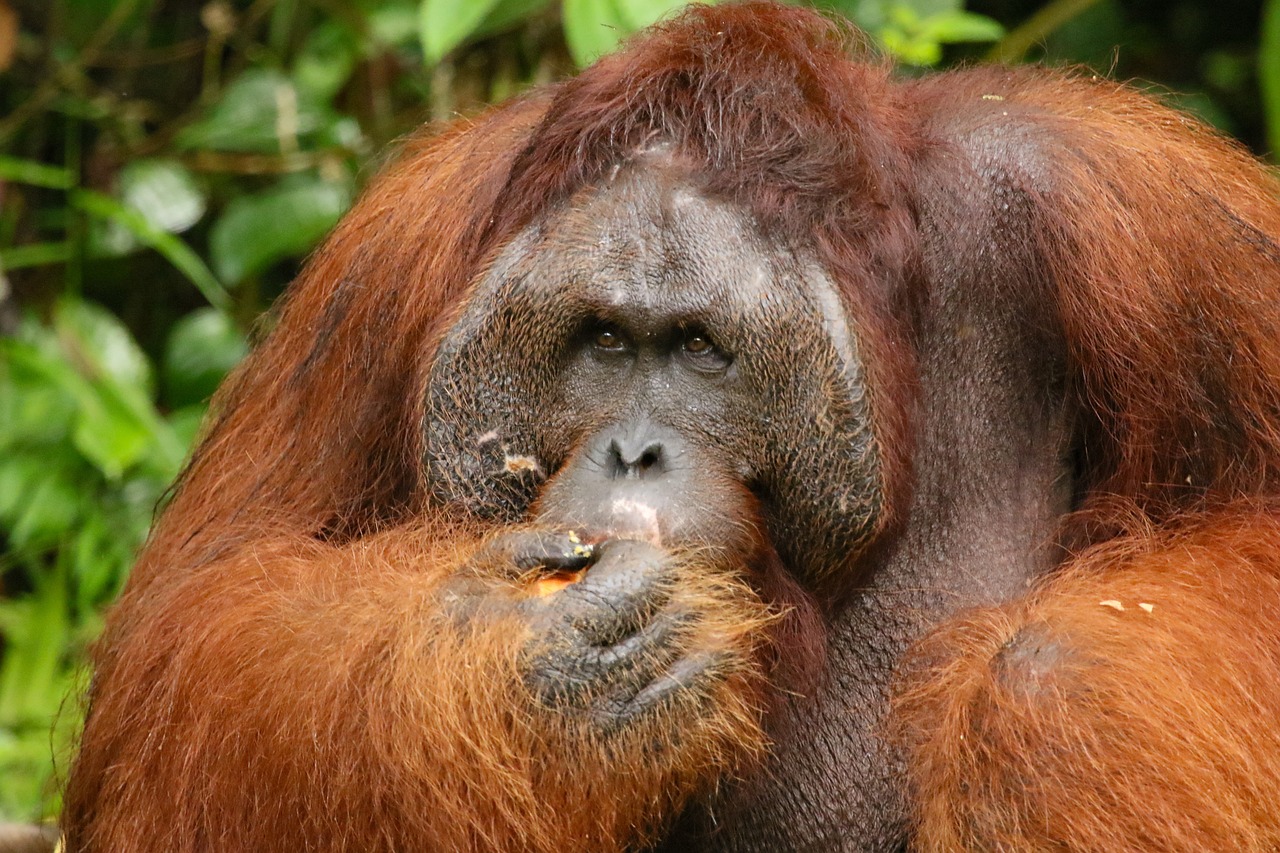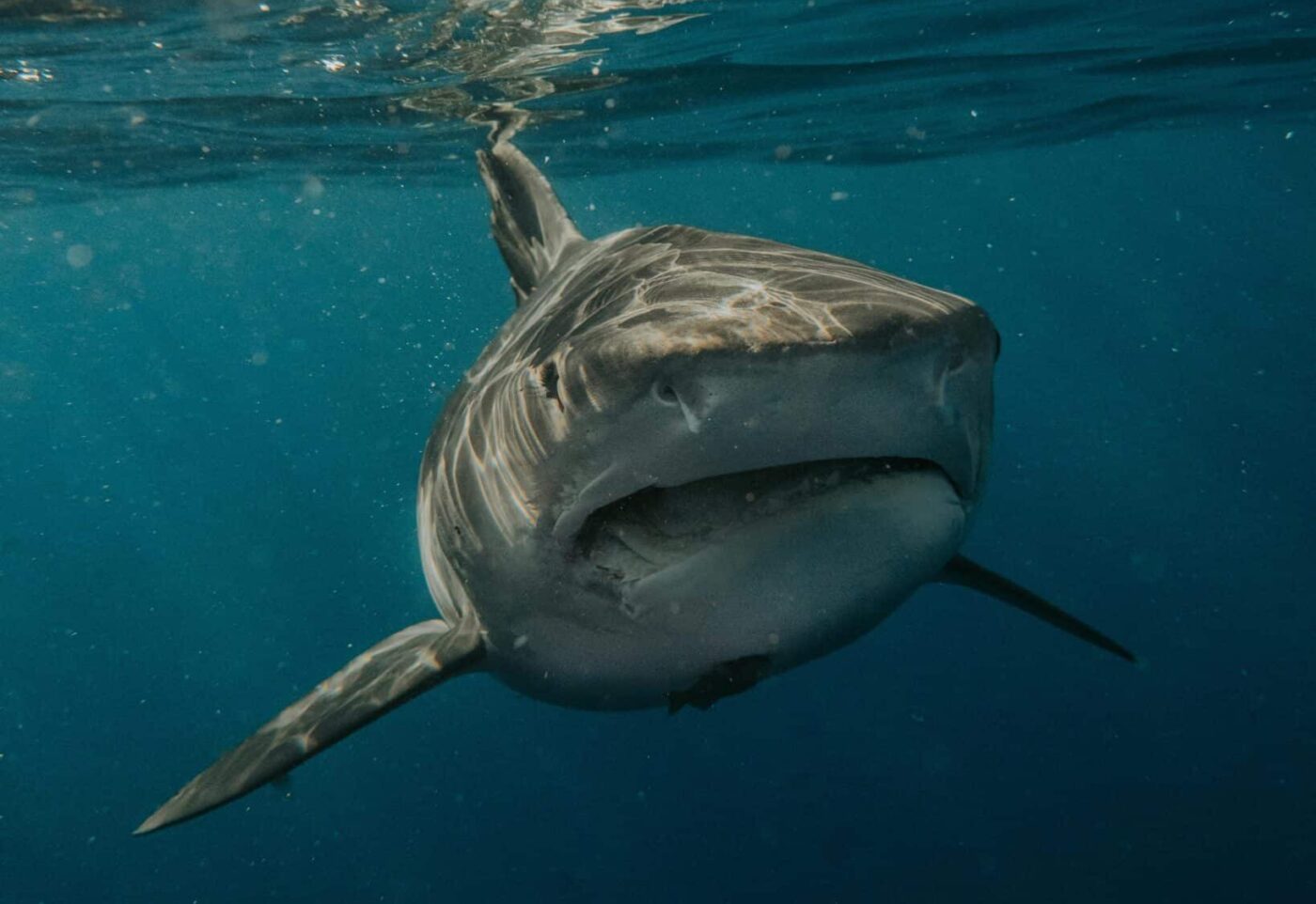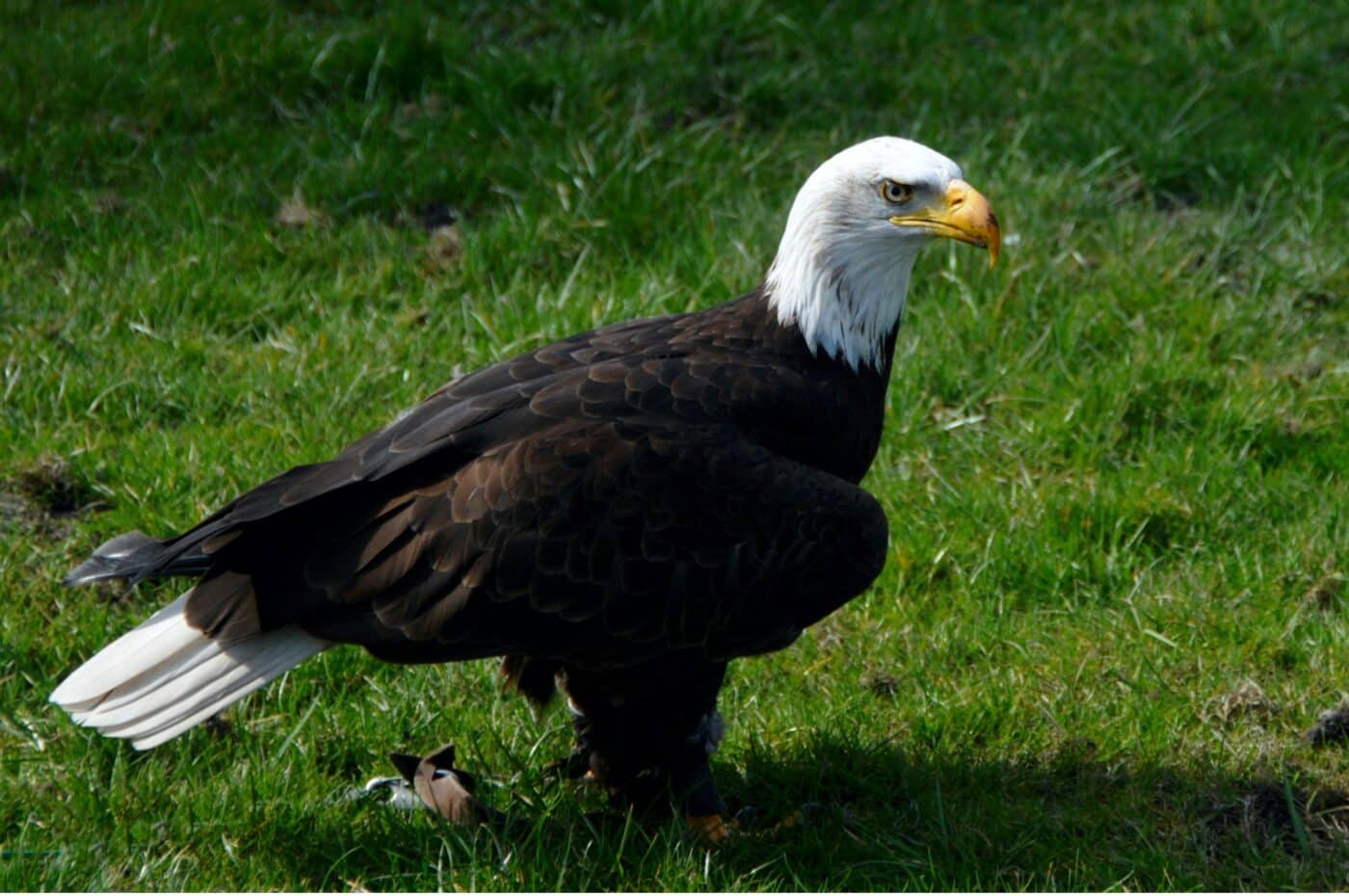 Shutterstock
Shutterstock
The animal kingdom is full of creatures that rely on social groups, such as packs or herds, to thrive. However, many animals prefer to live solitary, depending on their instincts and resourcefulness to survive and flourish. These independent animals are perfectly adapted to living independently, whether for hunting, claiming territory, or simply because they prefer their own company. By mastering survival on their terms, these animals show that living alone isn’t just a human trait—a powerful strategy that can offer unique natural advantages.
Snow Leopard
 Shutterstock
Shutterstock
Snow leopards are the epitome of solitary creatures. Living in the rugged mountains of Central and South Asia, these elusive big cats are known for their independence. They prefer to roam vast territories alone, only coming together during mating season. Snow leopards are highly adapted to their environment, with thick fur and powerful muscles that allow them to navigate steep and rocky terrain. Their solitary lifestyle ensures they don’t have to share their hard-earned meals—typically wild sheep or goats—with anyone else.
Polar Bear
 Shutterstock
Shutterstock
The polar bear, often regarded as the king of the Arctic, is another lone ranger of the animal kingdom. These majestic creatures roam the icy wilderness, covering hundreds of miles for food. Polar bears are well-equipped for their solitary lifestyle with their sharp sense of smell, which allows them to detect seals (their main prey) from miles away. Mother bears will stay with their cubs for a couple of years, but once they are old enough, they go off on their own, embracing the independent lifestyle their species is known for.
Jaguar
 Shutterstock
Shutterstock
Jaguars are known for their strength, stealth, and preference for solitude. Found in the dense rainforests of South and Central America, these powerful big cats are apex predators that excel at hunting alone. Their solitary lifestyle allows them to cover large territories, stalking and ambushing prey without competition from other jaguars. Jaguars are incredibly strong swimmers, and their solitary habits extend to hunting in rivers and lakes, where they are known to catch fish, caimans, and even anacondas. A jaguar’s life is about independence; they wouldn’t have it any other way.
Giant Panda
 Shutterstock
Shutterstock
Despite their adorable appearance, giant pandas are largely solitary animals. Native to the bamboo forests of China, pandas spend most of their day foraging for bamboo alone, consuming up to 40 pounds daily. While pandas are social during mating season, they prefer solitude for the rest of the year. Their leisurely, independent lifestyle allows them to focus on their primary goal: eating as much bamboo as possible. With their slow metabolism and unique diet, it’s no wonder pandas prefer to live life on their own terms.
Wolverine
 Shutterstock
Shutterstock
Wolverines may be small compared to other animals on this list, but they are fierce and highly independent. Known for their strength and ferocity, wolverines can take down prey much larger than themselves. These elusive carnivores are solitary by nature, covering vast distances in their quest for food, and rarely seen in groups. Wolverines have strong territorial instincts, marking their range with scent glands to warn others to stay away. Their solitary nature is a key part of their survival strategy, allowing them to focus on securing food and protecting their territory.
Komodo Dragon
 Shutterstock
Shutterstock
Komodo dragons are the largest living lizards and are solitary hunters by nature. Native to the Indonesian islands, these fearsome reptiles can grow up to 10 feet long and weigh over 150 pounds. They rely on stealth, patience, and sheer power to bring down their prey, which includes deer, wild boar, and even water buffalo. Komodo dragons are highly territorial and prefer to hunt and live alone. They may tolerate the presence of others during feeding frenzies, but for the most part, these giant lizards are lone predators that rule their island habitats.
Great White Shark
 Shutterstock
Shutterstock
The great white shark is one of the ocean’s most feared predators, and for good reason. These solitary hunters roam the world’s oceans for seals, fish, and other marine creatures. Great whites are highly independent, relying on their incredible senses and speed to ambush prey. They are constantly on the move, covering vast distances to find food and stay in prime hunting conditions. While they may occasionally gather in areas where food is plentiful, great white sharks prefer to live and hunt on their own, making them the ultimate lone predators of the sea.
Orangutan
 Shutterstock
Shutterstock
Orangutans, found in the rainforests of Borneo and Sumatra, are the only great apes that lead primarily solitary lives. While other apes, like chimpanzees and gorillas, are known for their social groups, orangutans prefer the quiet life of solitude. These highly intelligent animals spend most of their time swinging through the trees, searching for fruit and other food sources. Mother orangutans will stay with their young for several years, but they go their separate ways once they are independent. Orangutans’ solitary nature helps them avoid competition for food and space in the dense forests they call home.
Bald Eagle
 Shutterstock
Shutterstock
The bald eagle, the iconic symbol of the United States, is also a highly independent bird. While these majestic birds of prey are monogamous and will mate for life, they spend most of their time alone. Bald eagles are solitary hunters who use their sharp eyesight to spot fish from high above the water and swoop down to snatch their prey with powerful talons. These birds prefer to keep to themselves, often building large nests in remote areas where they can raise their young in peace. Outside of the nesting season, bald eagles enjoy a life of solitary hunting and soaring through the skies.
Leopard
 Shutterstock
Shutterstock
Leopards are known for their stealth, strength, and solitary lifestyle. These big cats can be found in various habitats across Africa and Asia, and they are highly adaptable, thriving in forests, savannas, and even urban areas. Leopards are solitary hunters, relying on their incredible camouflage and silent stalking abilities to ambush prey. They are also known to drag their kills into trees to avoid scavengers, allowing them to enjoy their meals in peace. Leopards’ solitary nature allows them to roam large territories without sharing resources with others.
The Loner Life Isn’t So Bad!
 Shutterstock
Shutterstock
Living a solitary life for these animals isn’t about being anti-social—it’s about survival and thriving in their unique environments. These independent creatures have perfected the art of going alone from the oceans to the treetops. And while they might not be forming cuddle puddles anytime soon, they’ve mastered their brand of solo success. So the next time someone tells you that being a loner is boring, remind them that the animal kingdom’s biggest, worst, and coolest creatures are living proof that sometimes, independence is the way to go!
 Toledo, United States.
Toledo, United States.
